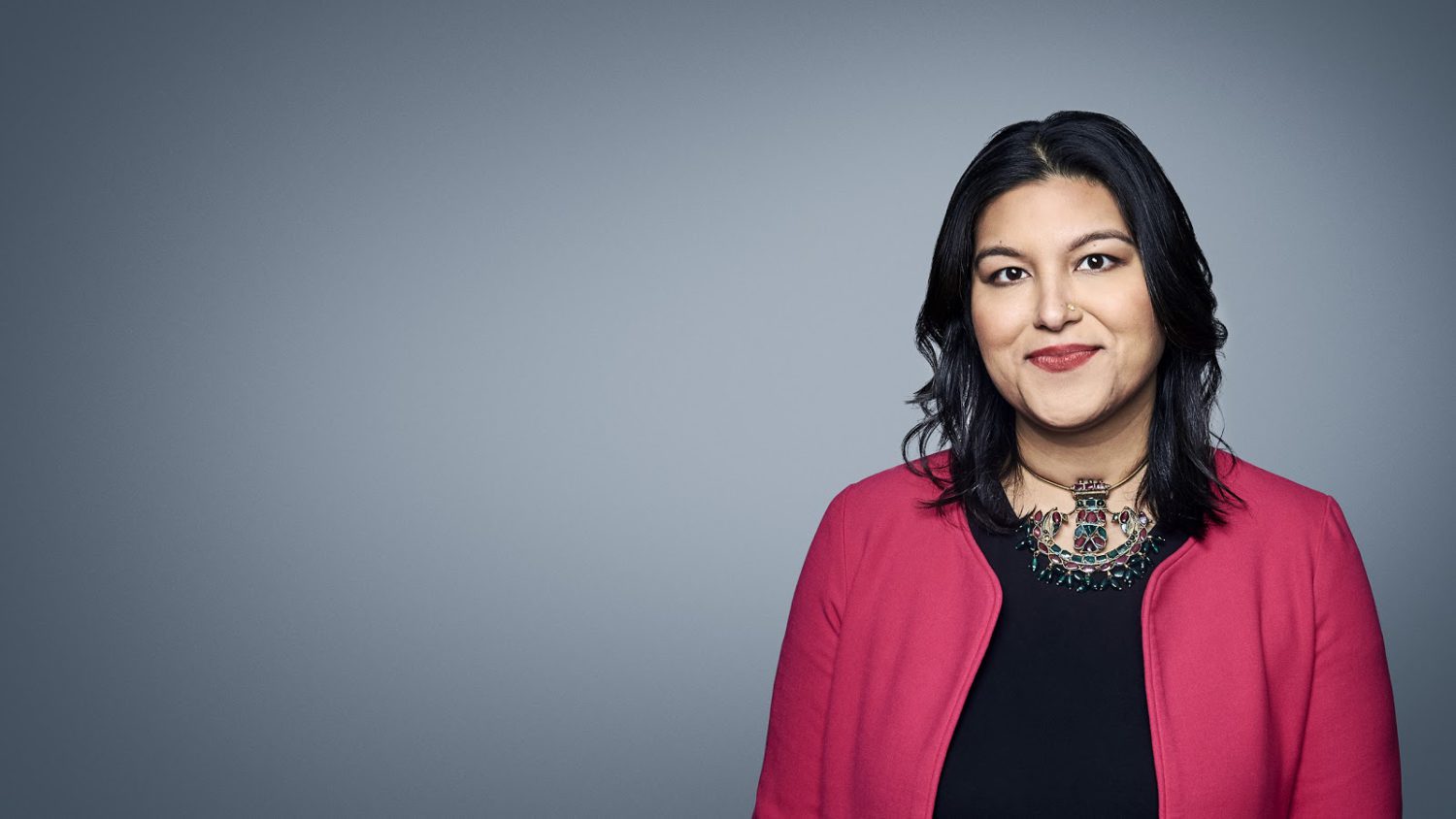One decade ago, S. Mitra Kalita worked at Mint, a newspaper in India. Now, she’s the senior vice president of news, opinion and programming at CNN.
Maybe she could have gone to the digital side a bit sooner, Kalita told Poynter, “although I am very grateful I have such a traditional grounding in journalism, and namely in BIG subjects such as economics, education, immigration and national security. Those lessons help me every day. So maybe I did it right after all.”
Here’s what she said about the past 10 years:
What were you the most afraid of in 2008 in your career?
In India, the pace of change was rapid; my cousins in Assam (in India’s rural northeast) had cell phones before I did. In other ways, change felt painfully slow and still rooted in a bureaucracy requiring you to grease wheels and palms to get things done. I feared cutting corners in India and yet even when corruption was exposed, there was a sense of not knowing what the next steps should be. I feared being a part of a global revolution that rested on maintaining some status quo. In the meantime, the U.S. economy was tanking and my previous employer, The Washington Post, had been through a few rounds of buyouts. Working in India made me look “back” on my time in the U.S. differently; I felt sheepish I hadn’t understood the internet for the competition it was; not just among journalistic outlets but other media forms competing for readers’ attention, whether gifs of baby pictures on Facebook, all the time.
In the last 10 years, what are the biggest changes you’ve had to make in your job?
I have learned how to curate, aggregate, edit photos, make charts, write headlines, edit headlines, rewrite headlines. I think about multiple points of entry to a story and multiple places it appears in a way that I never did when I started in journalism.
In the last 10 years, what are the biggest changes you’ve seen journalism go through?
I think distribution has been the single largest change to our industry. You cannot count on audiences turning to you every day; you have to go find them. In turn, this has redefined what it means for a newsroom to set a news agenda; I would argue our audiences help define what news is, at least more than they ever did before.
What are you doing now that you didn’t expect to be doing 10 years ago?
I never thought I would work in TV.
What aren’t you doing now that you did expect to be doing 10 years ago?
I followed a prominent politician around with a notebook, audio recorder, video camera and still camera when I was working in India. That was the so-called one-man-band effort. I am glad that model seems to have died, or at least this belief that one wunderkind reporter can do everything.
Looking back, what are you glad you didn’t give up in your career?
My kids! I took six months off after having each one and worked part-time or from home until each of my girls turned 2. They are now 14 and 7, and I still have no shame over making it to their events or prioritizing them. Also, earlier on in my career, I researched and wrote two nonfiction narrative books and intend to (eventually) write more. The ability to delve into a topic much more broadly than traditional journalism allows is also a luxury. It also changes your perspective on both journalism’s reporting and consumption. News, it’s complicated.
10 years ago, where did you think you’d be now?
I never make 10-year plans. That’s like the entire run of “Beverly Hills, 90210,” and I didn’t recognize anyone by the end of that show.
What’s the best thing that’s happened in journalism in the past decade?
I think distribution forced democratization of the news agenda. Audiences tell us what stories we need to pay more attention to now, and there are examples of the internet’s watchdog role in stories such as Michael Brown’s death in Ferguson and Philando Castile’s in Minnesota.
What’s the worst thing that’s happened in journalism in the past decade?
Some outlets ceded their mission to platforms over people. Deep-seated issues of a lack of diversity continue to haunt us, and are entirely responsible for the lack of trust in media. Our search for a legit business model (singular) continues when the truth is that the answer is probably many models, many streams, instead of some single magic bullet (or billionaire).
What are you the most excited about now in your career?I love experimenting with forms and framing and headlines for the sake of greater understanding and access to news. I feel grateful to wake up every day and play a role in so many aspects of journalism, from informing and delighting readers to holding power to account.
What are you the most afraid of now in your career?
Honestly, I fear looking back and feeling I didn’t make enough of a difference.







